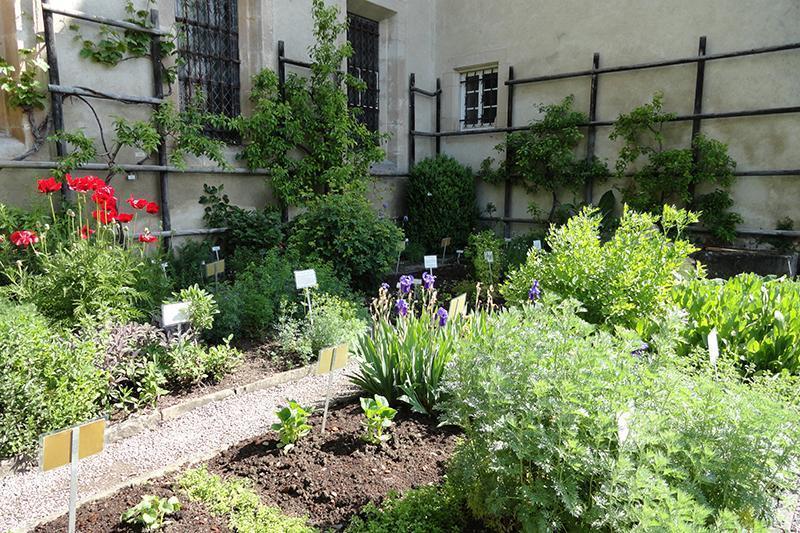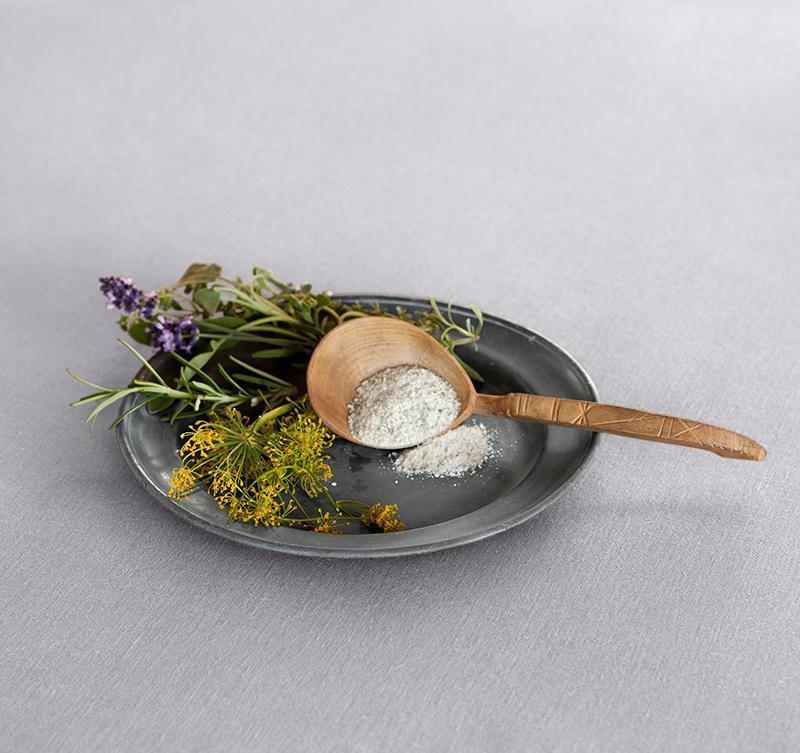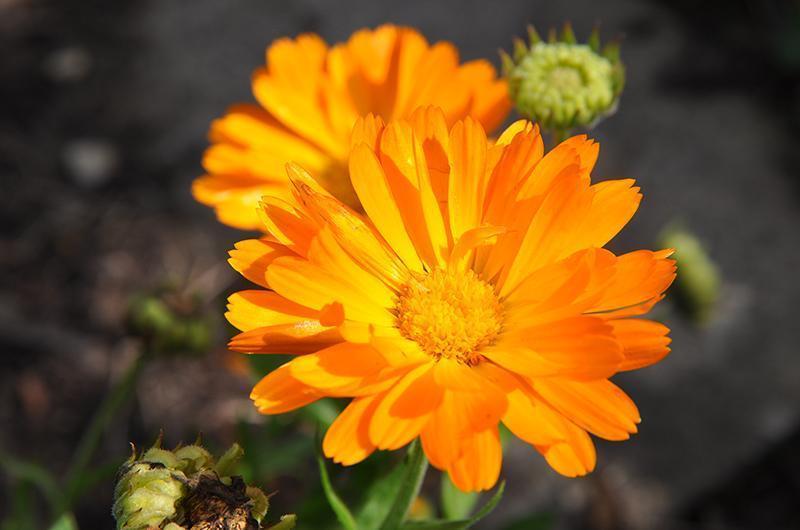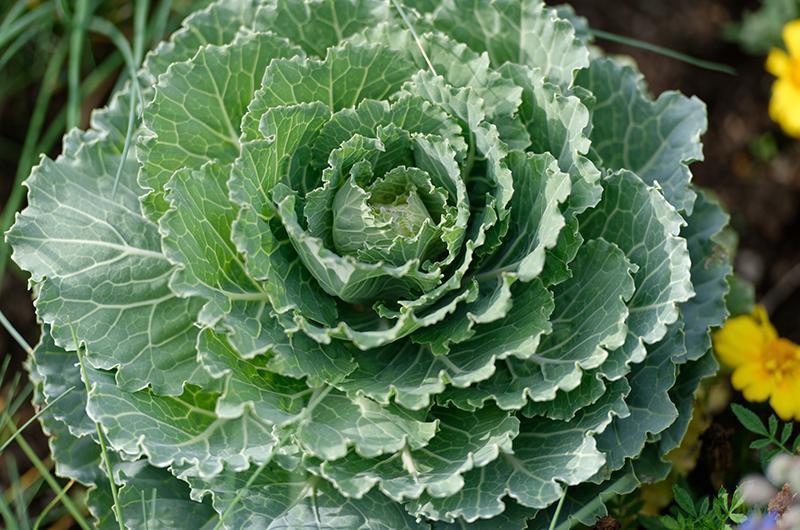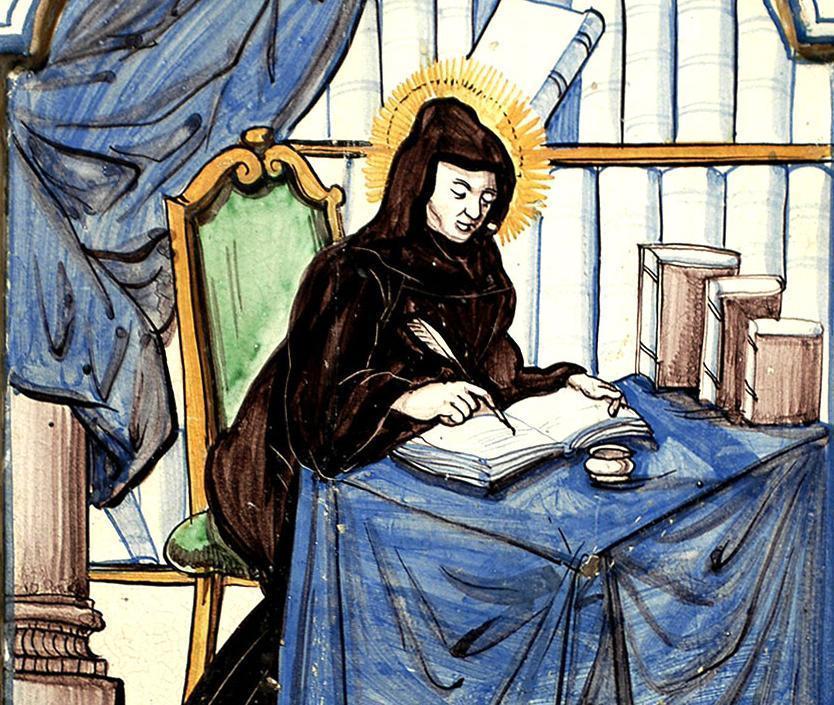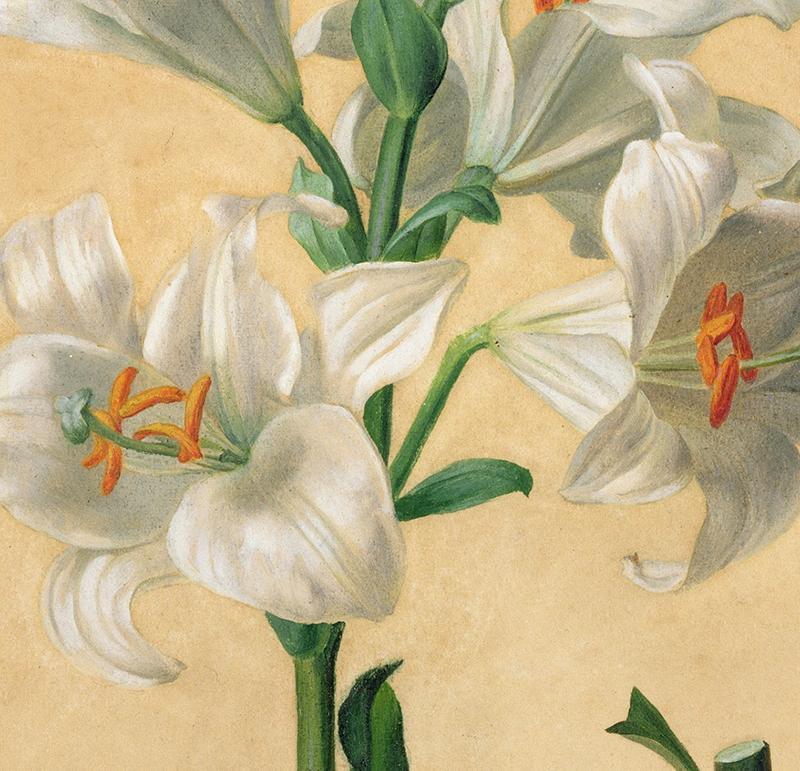The right herbCulinary and medicinal herbs in the monastery
Herbs, whether fresh or dried, played an important role in the preparation of food in the Middle Ages. The monastery's herb gardens also offered many medicinal herbs whose beneficial effects were already known. The herb garden in Bebenhausen gives an impression of typical plantings.



